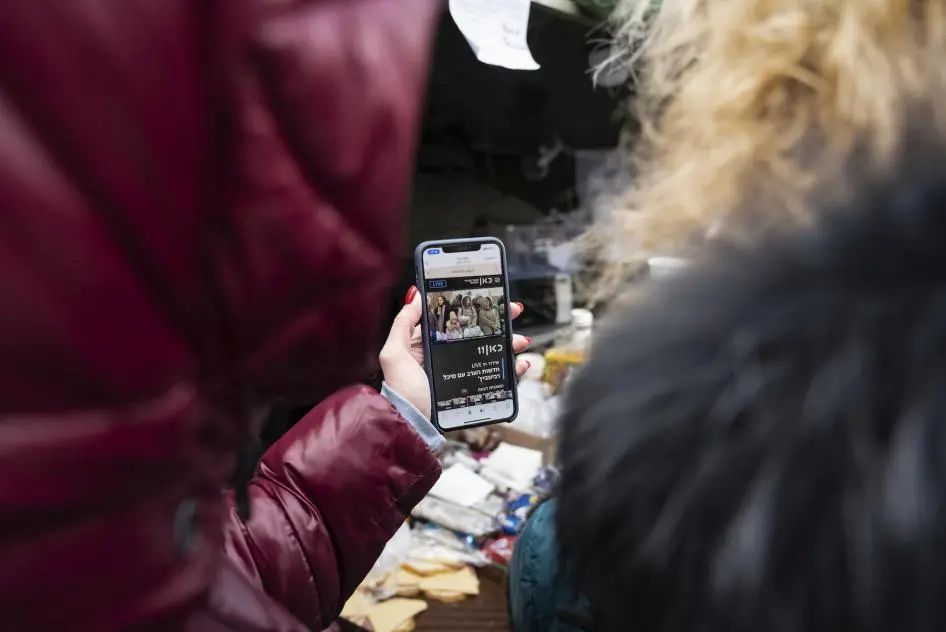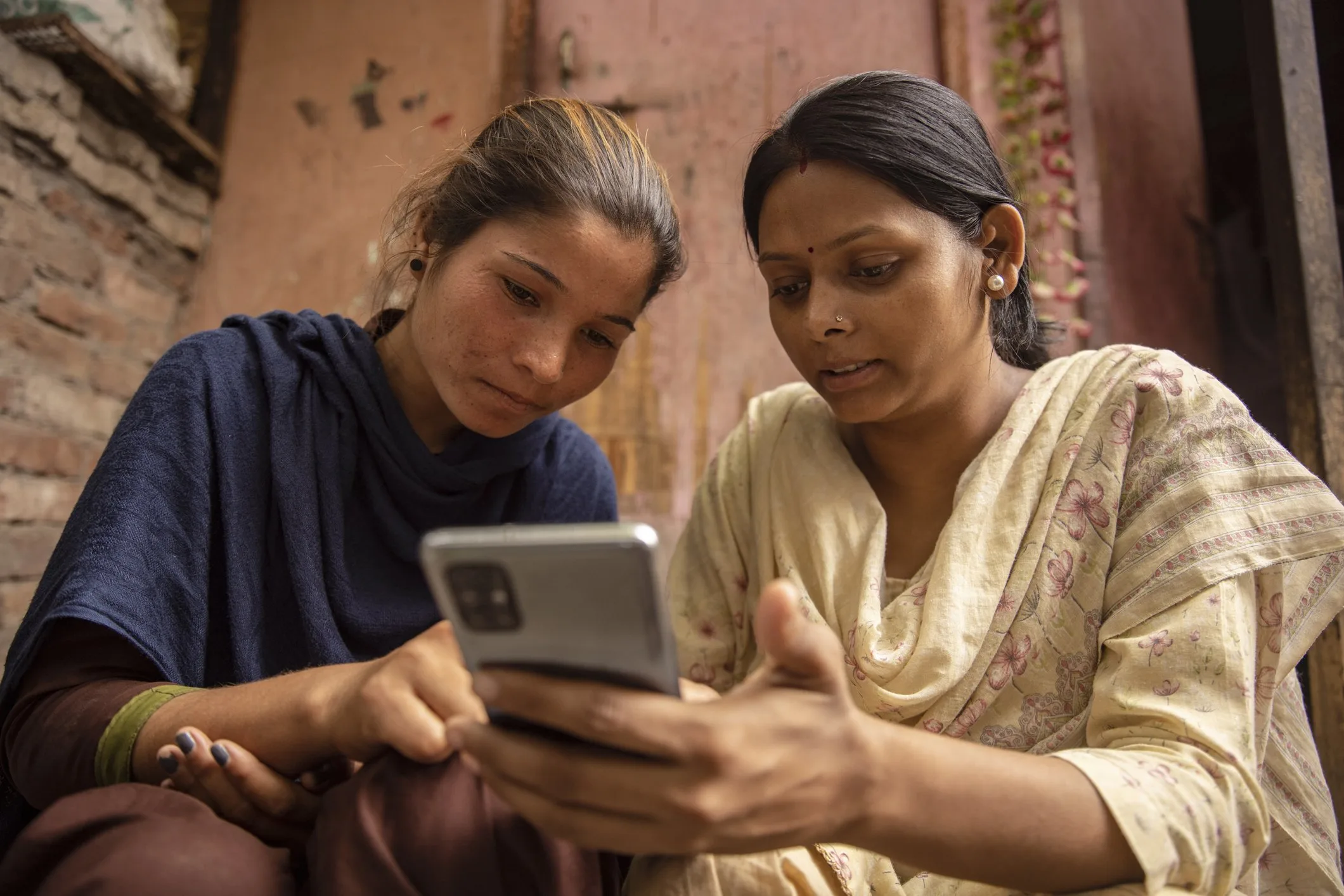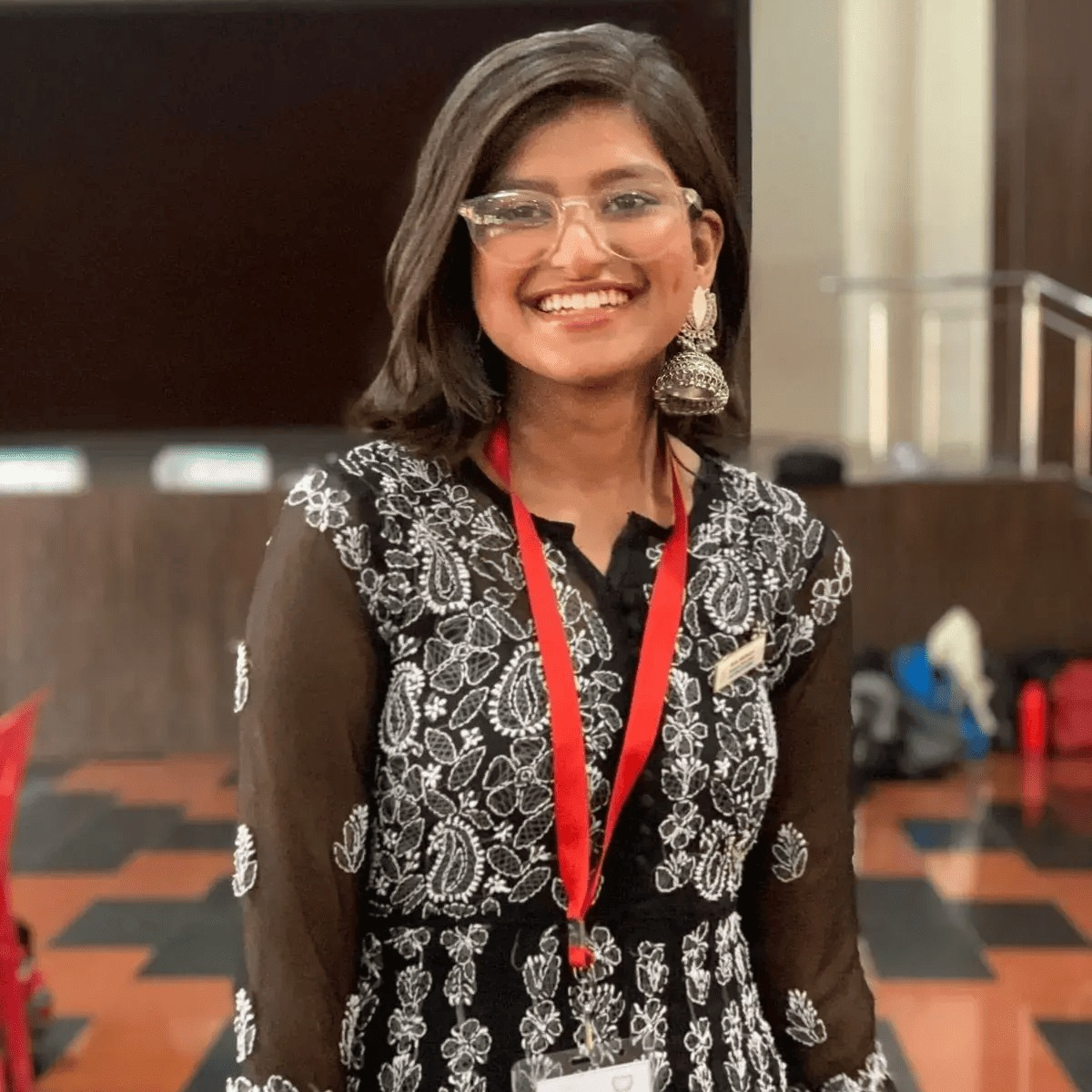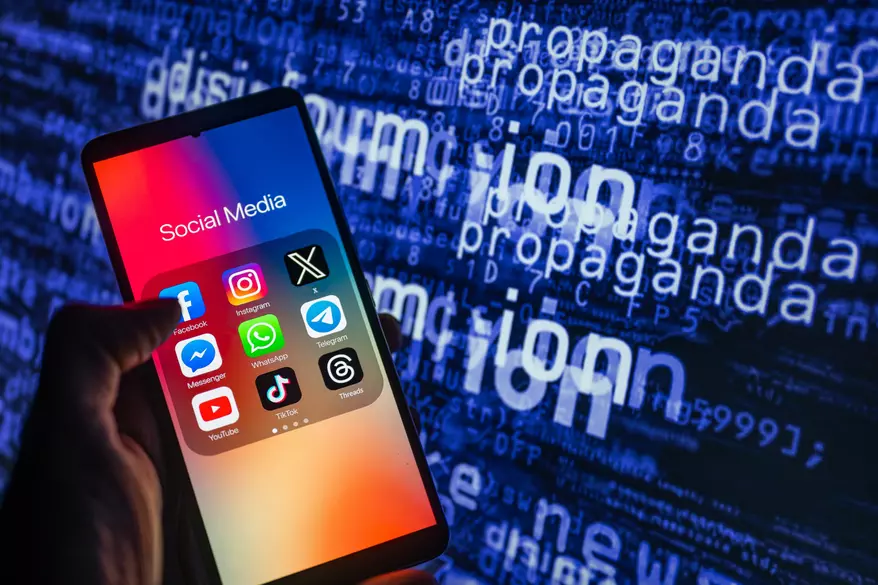Screens of War: A New Frontline
In a quiet bedroom thousands of miles from the nearest conflict zone, a teenager scrolls through Instagram. Between fashion posts and music reels, her feed is interrupted by a video of a missile strike, a protest livestream, and a carousel of infographics outlining the latest death toll. The imagery is immediate, raw, and algorithmically inescapable.
Social media, once a tool for lighthearted connection, has evolved into a powerful and often chaotic stage for global conflict.
In today’s world, war is no longer confined to borders or battlefields—it plays out on screens, shaping how we think, feel, and relate to one another. And young people, who live most of their lives online, are on the frontlines of this digital warfare. Platforms like Twitter, TikTok, and Telegram are no longer just tools for socializing—they’re battlegrounds where governments, militant groups, and individuals fight to control narratives, spread propaganda, and influence global opinion.
These platforms, originally designed to connect people, are now double-edged swords—tools for truth, but also manipulation.
Narrative Warfare: Hashtags and Headlines
During the Russia-Ukraine war, both sides flooded platforms with real-time updates and emotional appeals to win global support. Hashtags replaced headlines. Viral videos became weapons. In the Middle East, the Israel-Palestine conflict has triggered waves of unverified content, inciting outrage and confusion at a pace traditional media can’t match. The tools meant to connect us often mislead us.

Youth: The Most Exposed Generation
No generation has been more digitally immersed or digitally exposed than today’s youth. With smartphones in hand and social platforms woven into daily life, young people are not just passive observers of conflict online; they are active participants in its emotional, social, and ideological fallout. Whether it’s through reposting infographics, engaging in heated comment threads, or simply consuming a constant stream of distressing content, the psychological toll is real.
In India, a National Statistical Office survey revealed that less than one-third of individuals aged 15-29 can effectively browse the internet, send emails, and conduct online transactions. This digital divide significantly impacts education quality, particularly in rural areas.
In times of crisis, social media doesn’t just inform—it fragments. Algorithms fuel echo chambers, pushing emotionally charged, partisan content that reinforces existing biases. As populism and polarisation seep into digital spaces, teens, many still forming their identities, are pressured to “pick a side” in debates they may not fully understand. The tension between staying loyal to friends and staying true to one’s conscience creates a quiet but persistent anxiety. For many, political engagement online doesn’t feel like a choice; it feels like a demand.
The result is clear: today's young people are drowning in the sheer volume, speed, and emotional intensity of online content. They’re not just scrolling—they're absorbing trauma, confronting injustice, and trying to make sense of it all in real time. Unlike millennials, who watched the internet slowly grow up with them, Gen Z and Gen Alpha were born into a world where the digital and real are inseparable. They’re expected not only to stay informed but to respond, to post, to comment, to take a side—every day, all the time. It’s not just exhausting—it’s dehumanizing. We’re all trying to navigate the space between staying aware and staying sane, between being connected and completely burnt out. And honestly? That line has never been harder to see.
IModern conflict has moved beyond missiles and borders to include firewalls, data breaches, and deepfakes. From phishing links posing as news updates to fake accounts spreading propaganda, cyber warfare is reshaping global tensions. And young people, often without sufficient digital literacy or safeguards, are among the least protected.
The Digital Divide in India
In India, where youth form a large part of the population, digital participation is unequal. A National Statistical Office survey found that only 26.8% of youth in the academic age group could browse the internet or use email. Only 14.5% of women aged 15–29 in rural areas have basic digital skills.
This isn’t just about access—it’s about vulnerability. Young people without digital literacy are more likely to fall for propaganda, misinformation, or ideological manipulation. Education systems haven’t kept pace. According to UNESCO’s 2023 Global Education Monitoring Report, fewer than 30% of countries incorporate digital literacy into their national curricula.

The Hidden Trauma of Online War
Social media doesn’t just reflect division—it amplifies it. For adolescents whose friendships exist largely online, the personal becomes political fast. Emotionally charged algorithms narrow perspectives and shrink the space for nuanced discussion. Curiosity gets replaced by certainty. Outrage replaces empathy.
In a world where war can unfold on screens as quickly as on streets, digital resilience is no longer optional—it’s essential. Critical thinking, emotional regulation, and media literacy must be taught as civic tools, not optional extras.
Towards Digital Resilience
We need a new kind of civic education. It is one that teaches not just how to use technology but also how to navigate it ethically and critically. Media literacy, emotional regulation, and digital hygiene must be treated as essential life skills, not optional extras.
In countries like India, this means urgent investment in inclusive digital education, especially in rural and underfunded schools. Students must learn to pause before they post, question before they believe, and empathize before they judge.
Beyond the Screen: A Human Problem
This generation isn’t just scrolling—they’re trying to make sense of war, politics, and pain in real time. The stakes are higher than ever, and the line between awareness and overwhelm has never been blurrier.
In this era of digital warfare, survival won’t come from who posts the most, but from who listens, reflects, and leads with clarity.
This isn’t just a tech problem. It’s a human one.
It’s about how we raise, teach, and support our youth.
 Richa Wadhwani
Richa Wadhwani